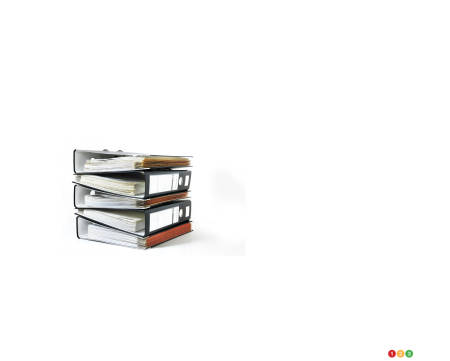In many respects, insurance for your car works pretty much the same as it does in any other category of insurance. Large numbers of insured people pay premiums into plans, which ultimately serve to indemnify other insured people in cases of claims. The amounts of these premiums can vary depending on a variety of factors including the type of insurance plan chosen.
Public and Private Insurance Plans
Insurance plans are governed by provincial governments and so vary from one province to another. Certain provinces maintain a public plan only, administered by the state; others allow only for private insurance plans. In Quebec, for example, indemnities for personal injury resulting from an accident are paid out by the SAAQ, while private insurers cover property damage.
In a public system, the government normally has full responsibility for indemnifying accident victims. In provinces without a public plan, private insurers compete with each other to offer consumers the most advantageous coverage possible.
Can I trust my insurance company?
Car insurance as a whole in Canada is heavily regulated – in fact the Canadian insurance sector is one of the most regulated in the world. The regulating body that grants insurers licences in Canada is known as the Office of the Superintendent of Financial Institutions. This federal department also closely monitors pension funds, insurance companies’ investments, and the rates charged by insurers.
Am I required to be insured?
In all provinces, it is mandatory to obtain insurance for damages caused to other parties. This is known as civil liability insurance. The law requires that you be covered for at least a certain amount if you operate a motorized vehicle.
In Quebec, for example, the minimum required insurance is for $50,000. If you are responsible for an accident in that province, you will not be required to pay any indemnity if the damages amount to less than $50,000. However, your premiums will likely increase. If you cause a serious accident involving injuries and which causes damages exceeding $50,000, you will be required to pay the amount in excess of $50,000. This minimum coverage amount can be increased when you do obtain insurance, with a corresponding increase in your premiums.
Canadians in all other provinces are required to have at least $200,000 in third-party liability insurance, with the exception of Nova Scotia where the minimum coverage is $500,000.
Can I pursue someone responsible for an accident for damages?
This depends on the type of insurance system in place in the province you live in. Under a no-fault insurance system, you cannot pursue another driver for damages. Your government or your insurer will indemnify you. Under a tort liability system, you can legally pursue another driver to obtain additional compensation.
However, you will always be indemnified for personal injury, whichever province you live in. Certain provinces, including Quebec for example, operate under a fully no-fault system. Other provinces allow you to legally pursue other parties for additional compensation. Our section on responsibility in case of an accident provides more detailed information on this subject.
To learn more about how car insurance works in Canada and which insurance system is in place in your province, you can visit the website of the Insurance Bureau of Canada and choose the region that applies to you.







